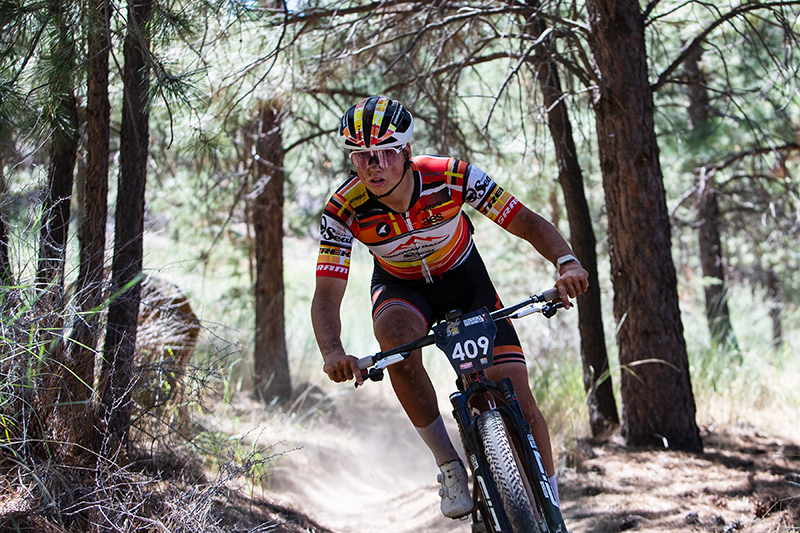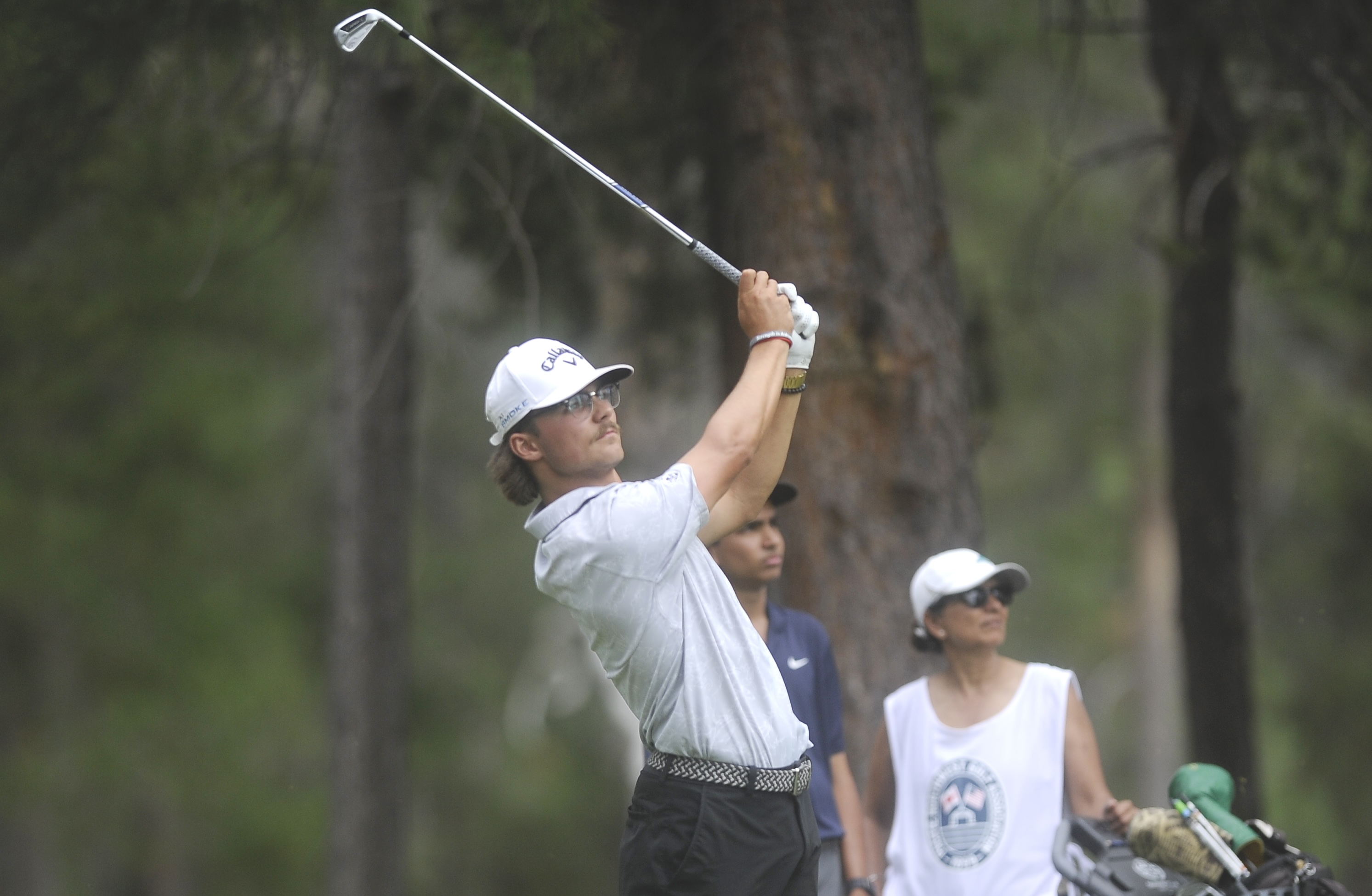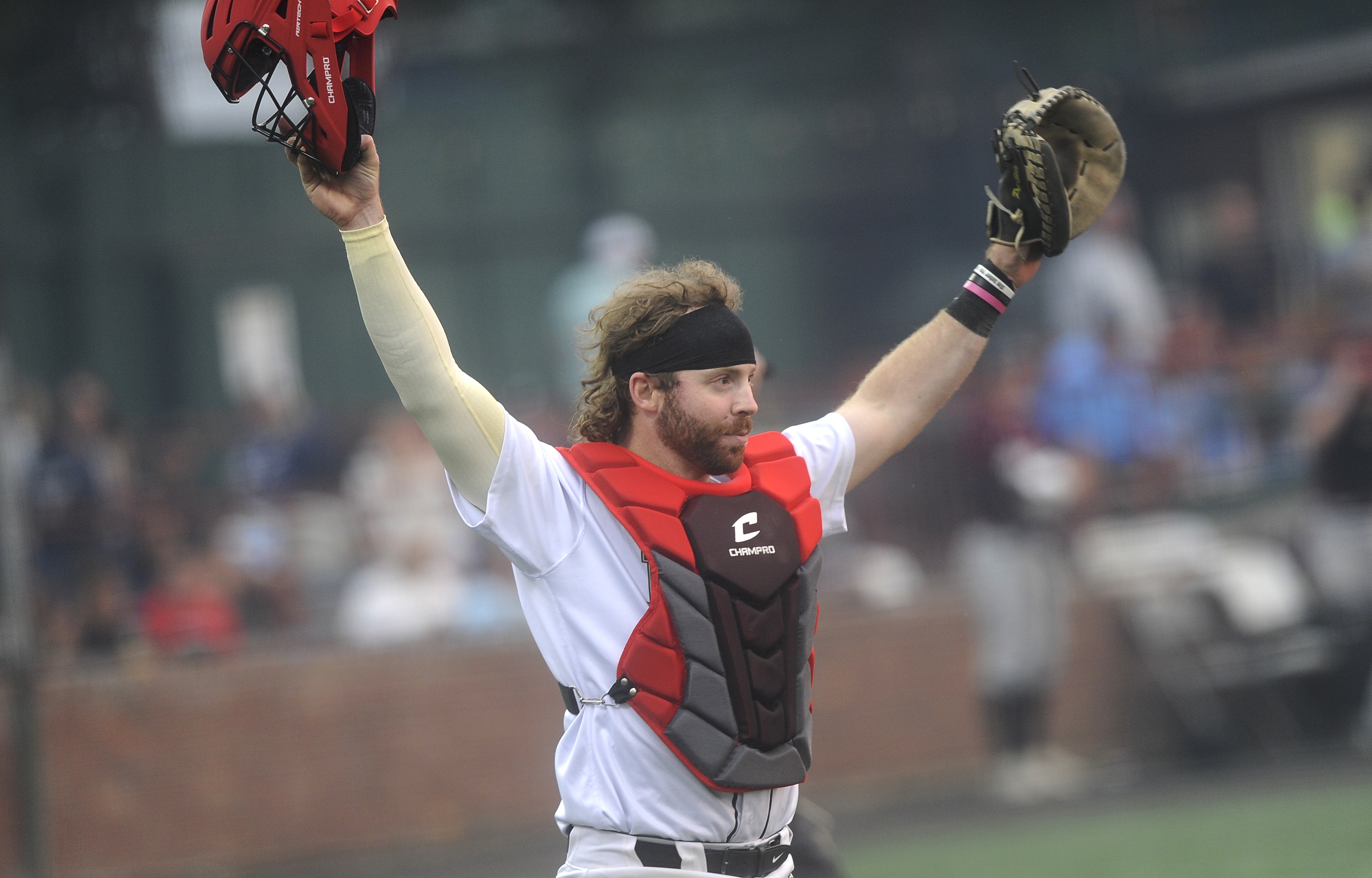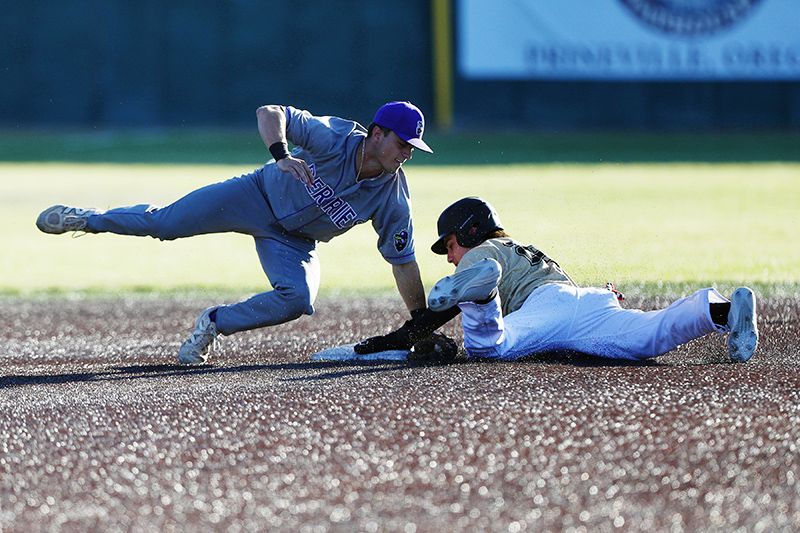A ‘once-in-a-generation talent’: Jesuit ace Noble Meyer a first round lock in Sunday’s MLB draft
Published 7:21 am Friday, July 7, 2023
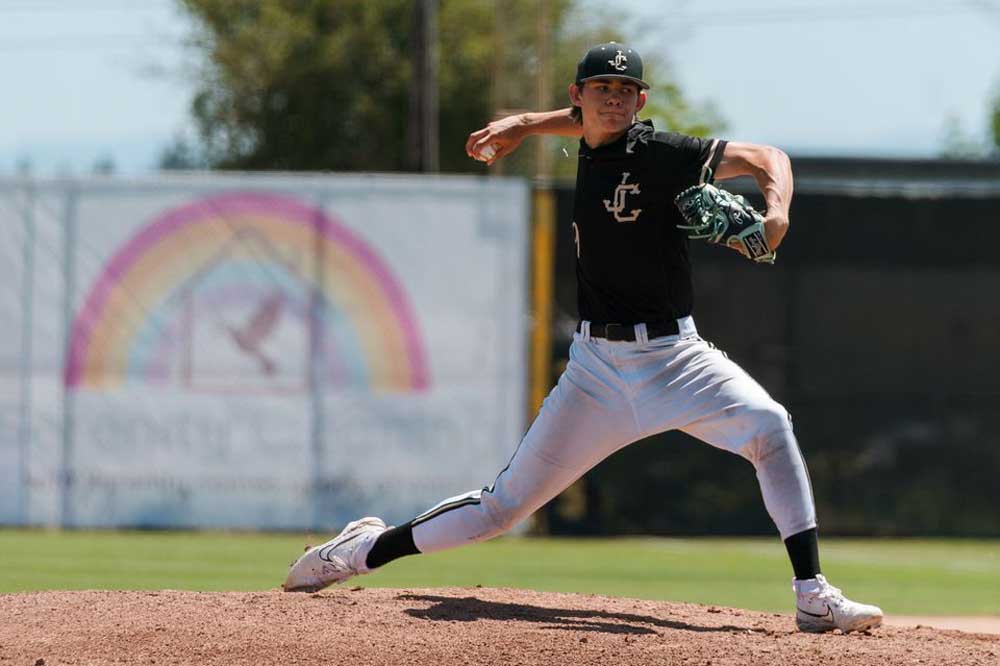
- Jesuit High School pitcher Noble Meyer pitched during the June 6A baseball championship game against the West Linn Lions at Volcanoes Stadium in Keizer. Jesuit lost that game 2-0, but Meyer is considered a top pick in Sunday's MLB draft.
It was February 2022, shortly before a casual dinner in Stafford, when Nik Lubisich delivered the prophetic news to Noble Meyer.
The burgeoning right-handed pitcher had methodically and meticulously worked himself into a next-level talent and was on the verge of emerging as a can’t-miss kid. Meyer had been invited to Dodger Stadium to participate in a prestigious Area Code Select event later that month, and Lubisich, his longtime adviser, wanted the teenager to grasp what he was about to encounter.
Trending
So he stopped by the Meyer home in West Linn for dinner and a chat about what loomed ahead.
There would be an army of scouts and agency representatives. A swarm of radar guns and notebooks. A who’s who of the most influential people in Major League Baseball.
“You’re going to go down there and hit 94 miles an hour,” Lubisich told Meyer. “It’s going to be a big deal. You’re going to arrive.”
Arrive he did.
Meyer’s fastball soared to 94.6 mph, just as Lubisich predicted, and in the blink of an eye he blossomed from a relative unknown into a hot commodity. A year-and-a-half later — and with a few more miles per hour behind that fastball — Meyer has developed into one of the most sought-after prospects in the world. He’s a lock to be selected in the first round of the MLB draft on Sunday, perhaps among the top 10 picks, and will become just the seventh high school player from Oregon to go in the first round in draft history.
Just last year, Meyer and Ryan Cooney, a good friend and teammate at Jesuit, talked about propelling the University of Oregon to the College World Series, with Meyer on the mound and Cooney patrolling shortstop. But after a meteoric rise fueled by diligence, intelligence and good old fashioned hard work, Meyer’s next game will come at a professional baseball stadium rather than PK Park in Eugene.
Trending
“It was awesome to think about and I was excited for it,” Cooney said of the two playing together for the Ducks. “But he’s a once-in-a-generation talent. I don’t expect him to choose that path.”
Meyer toes the rubber during a bullpen session and glares toward the plate. With a smooth, effortless delivery, he winds up his 6-foot-5, 200-pound frame and uncorks a pitch.
During a normal bullpen session, the catcher would fire the ball back to Meyer, and they’d go through the routine again, rhythmically and efficiently working through a 45- or 50-pitch routine. But Meyer is not like most pitchers.
He climbs off the mound and saunters to a nearby computer to evaluate the data behind the ball he just tossed, using TrackMan software to scrutinize a host of metrics. What was the velocity? What was the spin rate? The spin axis? How about the vertical movement? The horizontal movement? What was the height of his release point?
Meyer’s parents are civil engineers and his favorite high school class was advanced calculus, so he sports a natural love and curiosity for science and math. As he’s matured from a pretty good college pitching prospect into the best prep pitcher in the United States, Meyer has learned to fuse his two loves, using state-of-the-art technology and analytics to fuel his rise.
“Combining baseball with math and science is like my heaven,” he said.
After evaluating his post-pitch data, Meyer will stroll back to the mound and adjust something small with his delivery or tweak how he clutches the ball. Perhaps he’ll place his fingers out on the seams more. Or hold the ball a little deeper in his hand. Or shift how he grips his slider.
Meyer’s fastball has surged to triple digits and, as hard as it is to fathom, it’s not even his best pitch. That would be his slider, which features a spin rate of 3,100 rpms — 800 more than the Major League average —and has been described as “video game” good. None of his pitches, especially the slider, would be as lethal as they are today without his use of technology.
“It has helped me design pitches like my slider,” he said. “Like, it wouldn’t be where it is right now if I didn’t have those machines. I just love putting numbers to something that you see, almost like using it to describe what you’re seeing. Somebody best described it as, you see baseball with your eye, but yet these numbers justify what you’re seeing. I’ve kind of liked that philosophy.”
Lubisich, who starred at West Linn and Willamette University before playing seven years in the minor leagues, said he’s never seen a player adjust as quickly and as effectively as Meyer.
“This is his superpower,” Lubisich said. “He can take the knowledge, pair it with what his eyes see, and adjust on the very next pitch, making the baseball do exactly what he wants it to do. ”
After that dinner chat in Stafford, when Lubisich told Meyer he was poised to arrive, Meyer reached heights even he couldn’t fathom.
During his junior season at Jesuit, he went 10-0 with a 0.72 ERA and 129 strikeouts, as his heater regularly reached 95 mph. That summer, he was invited to three prestigious events, joining the top 100 U.S. prospects for a USA Baseball prospect pipeline event in Cary, North Carolina, playing in an Area Code event at Tropicana Field in Tampa Bay and participating in the Perfect Game All-American Classic at Chase Field in Phoenix.
During his second outing at the USA Baseball event, Meyer’s fastball surged in the North Carolina July heat, sitting between 96 and 98 mph — the first time he’d ever throw that hard.
“And then, all of a sudden, people were like, ‘Here’s a name that’s going to be in the draft soon, potentially a top right-hander in the class, maybe the top pitcher, maybe even top player some were saying,” Meyer said. “That was kind of surreal because, growing up, I remember seeing all the top guys and the top of leaderboard and saying, ‘Wow, like, it would be cool to be like that one day.’”


